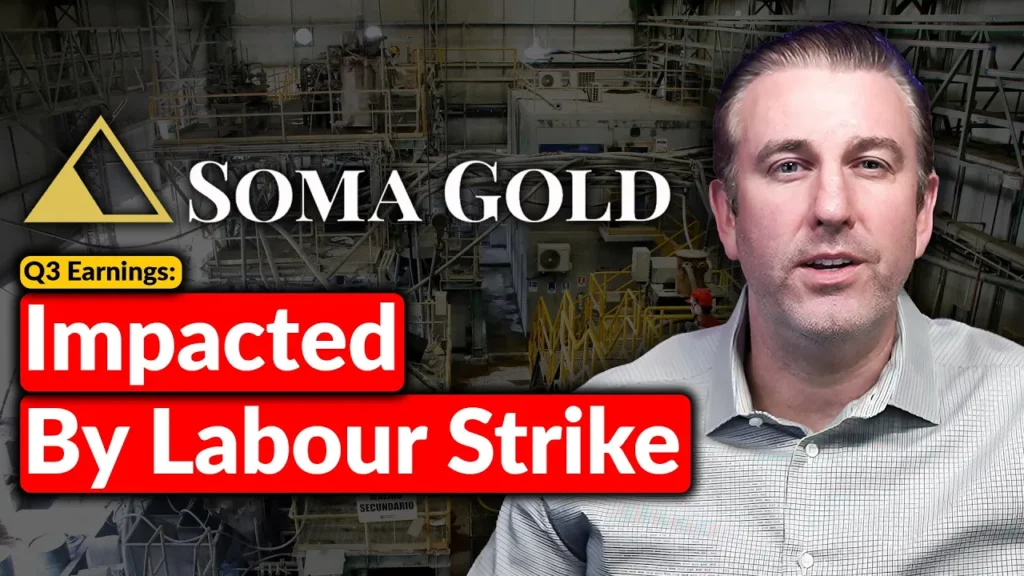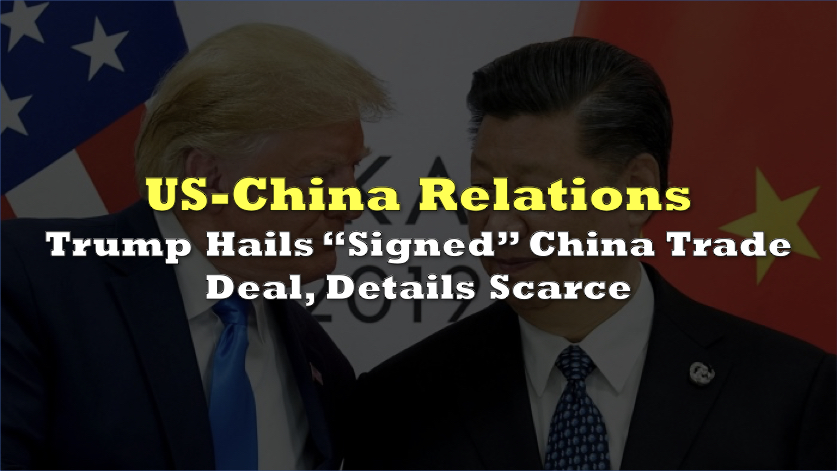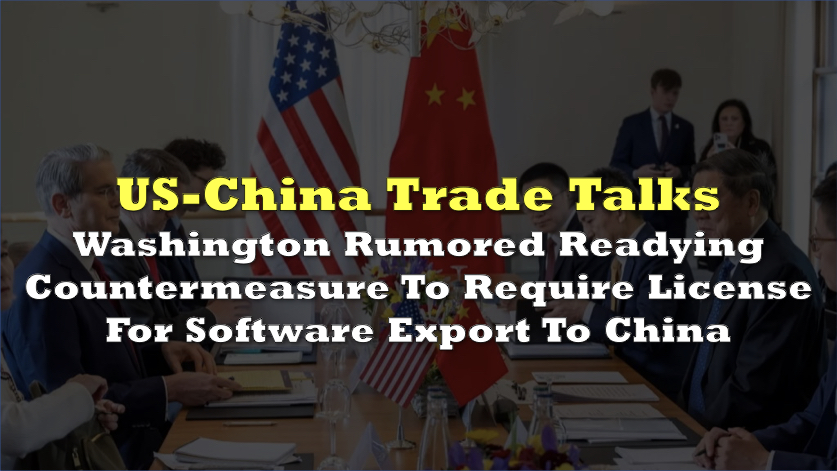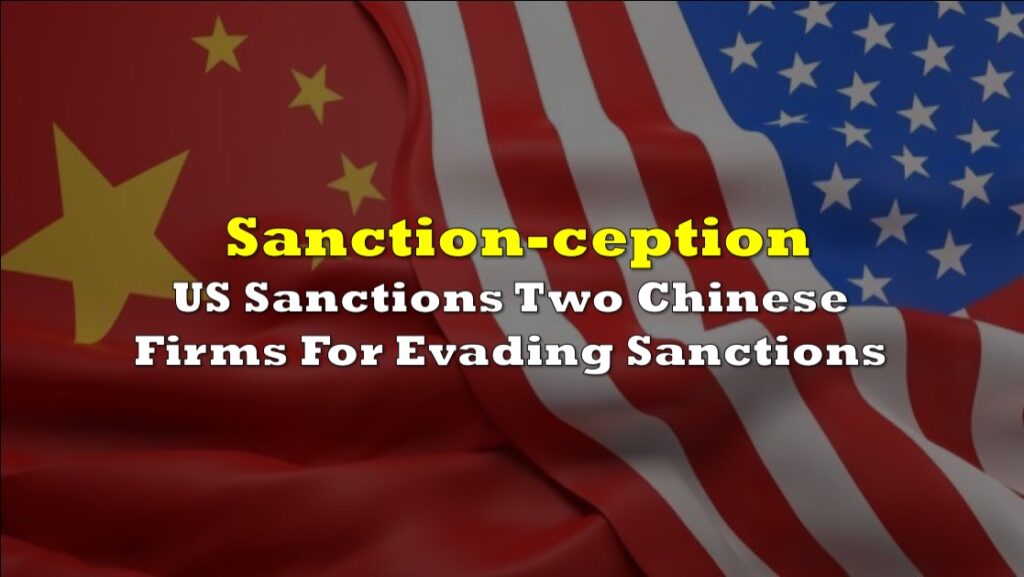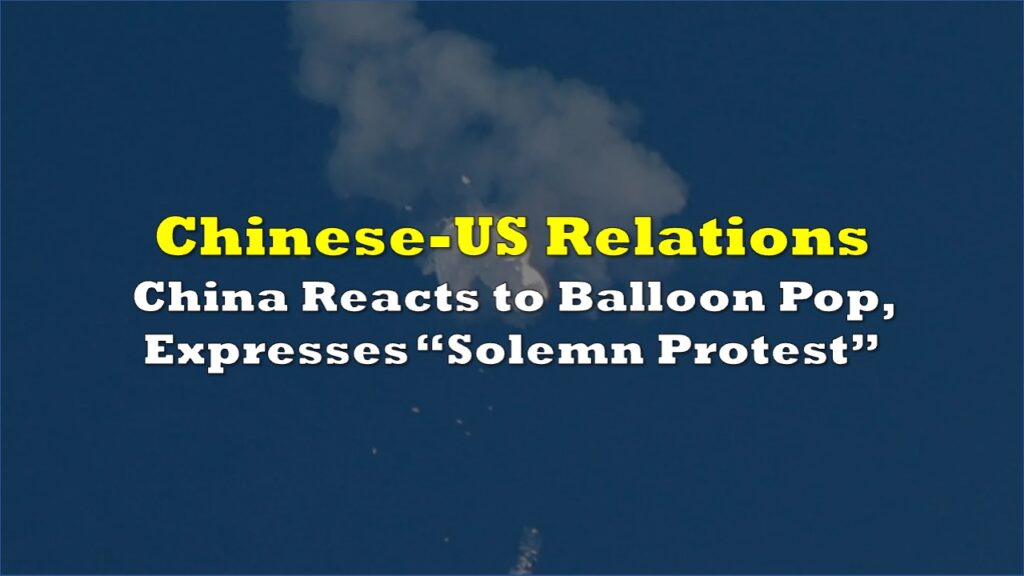After weeks of tariff volley, the US and China have agreed to slash reciprocal tariffs for 90 days, sending global equity markets into a broad rally.
Under the deal announced after two days of negotiations in Geneva, US tariffs on Chinese goods will drop from a punitive 145% to 30%, while China will reduce its duties on American imports from 125% to 10%. The 115-percentage-point cuts mark a larger-than-expected de-escalation, though the remaining 30% US rate is still regarded as commercially burdensome.
The "great" China trade deal simply pauses Trump's trade war for 90 days. The only deal is both sides roll back their escalated tariffs. This means we're in the same position we were before Liberation Day, except Americans are paying 30% tariffs while the Chinese are paying 10%.
— Peter Schiff (@PeterSchiff) May 12, 2025
“This is a significant recalibration,” said US Trade Representative Jamieson Greer. “We’re not where we want to be yet, but this buys space to negotiate.”
The temporary rollback, set to begin Wednesday, is aimed at “easing tensions through continued negotiation,” according to a joint US-China statement. U.S. Treasury Secretary Scott Bessent emphasized that “neither side wants a decoupling,” adding that the “Chinese delegation showed a new level of seriousness, especially on the fentanyl issue.”
White House releases statement about China discussions.https://t.co/LOE17oT4Ky
— FinancialJuice (@financialjuice) May 11, 2025
Market reaction was swift. Germany’s DAX rose nearly 1%, France’s CAC 40 climbed 1.3%, and Danish shipping giant Maersk jumped 12% on hopes of a revitalized global trade pipeline. In commodities, Brent crude gained 2.9% to $65.75 a barrel, while the yuan surged to a six-month high.
The S&P 500 is expected to open above levels last seen before President Donald Trump’s April 2 “Liberation Day” tariff hike, which triggered the current trade standoff.
While both sides touted the deal as a mutual win—Beijing calling it a move in the “common interest of the world”—the underlying issues remain unresolved.
US-CHINA TRADE DEAL DOES NOT COVER "DE MINIMIS" EXEMPTIONS FOR E-COMMERCE FIRMS, SAYS SOURCE BRIEFED ON THE TALKS
— *Walter Bloomberg (@DeItaone) May 12, 2025
The 30% residual US tariff includes a 20% surcharge tied to China’s alleged role in America’s fentanyl crisis. That component remains untouched, indicating Washington’s broader geopolitical leverage remains in play. As Greer noted, “the US still faces a $1.2 trillion trade deficit. These talks are a step, not a solution.”
Information for this briefing was found via BBC, The Guardian, and the sources mentioned. The author has no securities or affiliations related to this organization. Not a recommendation to buy or sell. Always do additional research and consult a professional before purchasing a security. The author holds no licenses.


